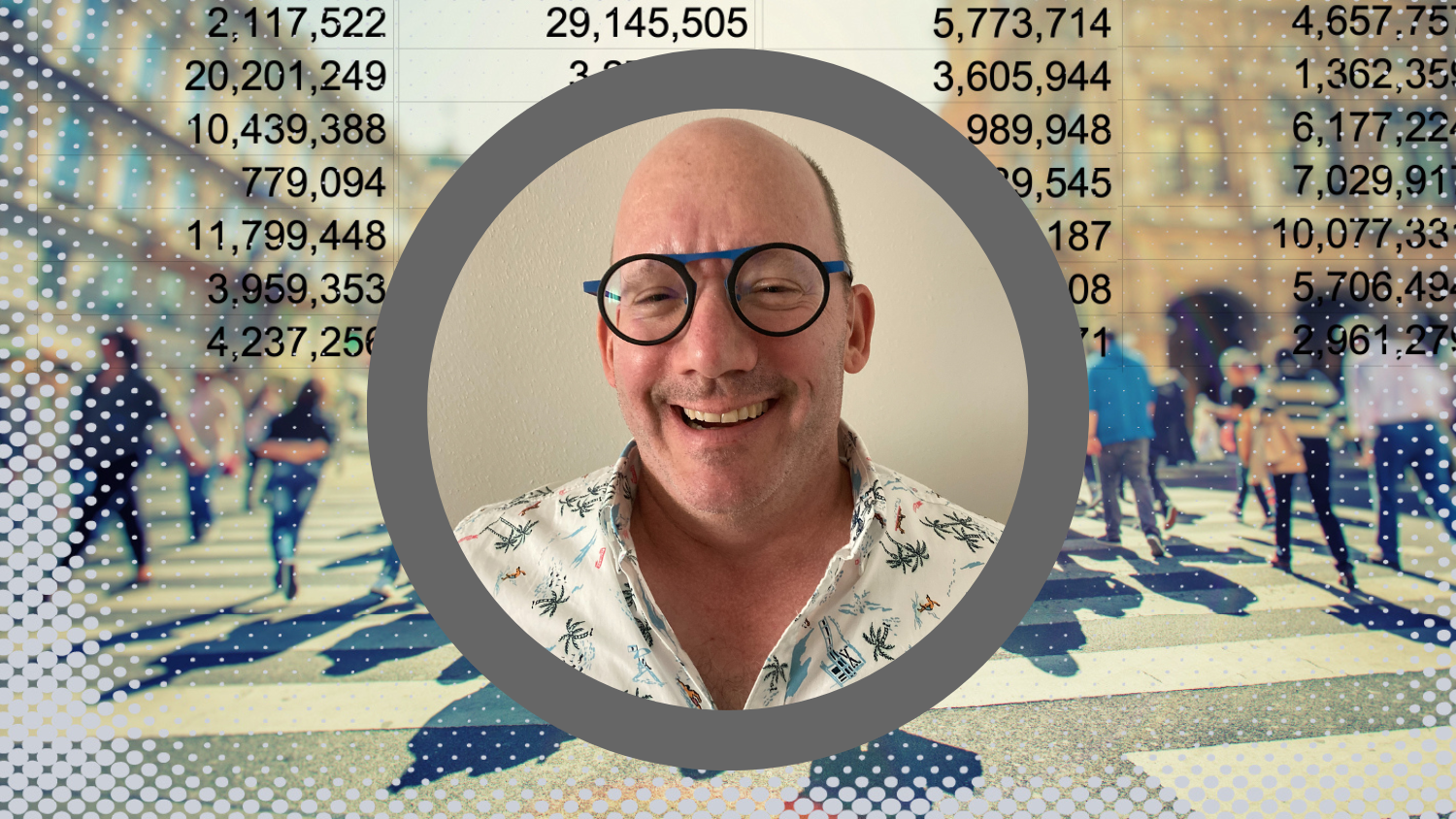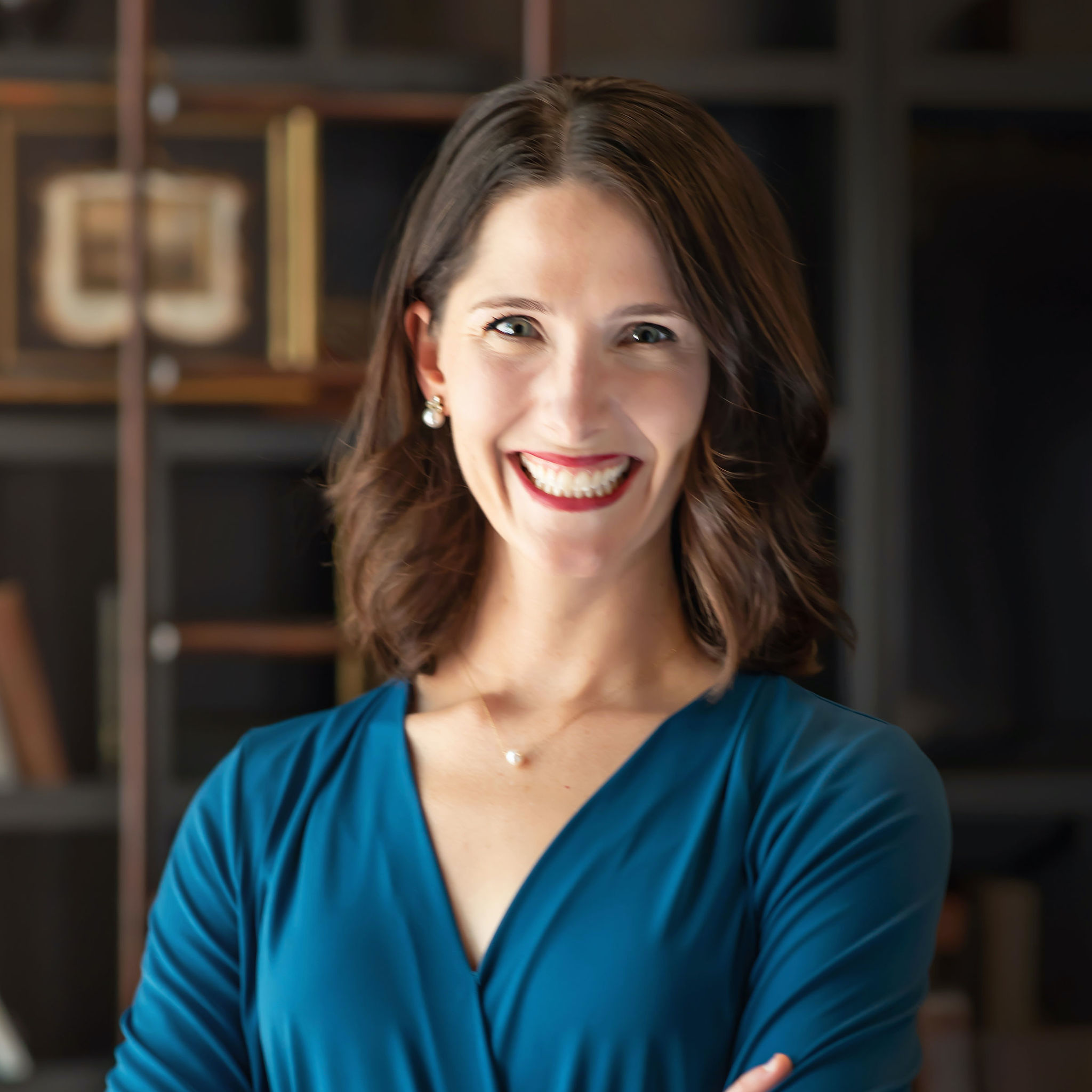Before there was a dedicated census reporter at the Associated Press, there was a Poynter workshop about the census.
Let’s rewind to 2019. We knew the 2020 census would be challenging to cover. It was going to be the first count to take place primarily online. The Trump administration’s effort to get a citizenship question added to the census was heading to the Supreme Court, and many census takers and experts were concerned about an accurate accounting of U.S. residents.
As much as the census is always about money and power, it was also becoming more entrenched in identity politics.
With initial funding from the Annie E. Casey Foundation, Poynter held the first of many training sessions dedicated to covering the 2020 census. Longtime AP reporter Mike Schneider was one of 30 reporters to journey to Poynter — what he calls “journalism heaven” — and his career trajectory changed. Schneider became the lead census reporter at the AP, covering stories ranging from secret memos and scandals to millennial movements and the words we use to describe ourselves.
I caught up with Schneider on the phone to talk about what it’s been like to work on the census beat, then and now. We get into some juicy topics, including democracy, distrust and data.
Below is a transcript of our conversation, edited for length and clarity:
Mel Grau: Tell me more about your experience at Poynter. You’ve said it was career-changing.
Mike Schneider: The workshop was absolutely terrific. First of all, (lead faculty) Dee Cohn — there’s no one better when it comes to the intersection of journalism and the census. She had been reporting on it for years at The Washington Post, and she was such a great teacher. She’s a wonderful person with this quiet dignity and intelligence. The rest of the lineup for the workshop was amazing with former census director John Thompson, the head of California’s census efforts Ditas Katague — who is now a high ranking official in the Census Bureau — and Margo Anderson, who literally wrote the book on the history of the census.
The real benefit to me was being exposed to these people who are deeply involved in the census and past censuses, being able to have them as contacts, and then getting the background and perspective on why this is such an important beat.
I wouldn’t be where I am now without this workshop.
Mel Grau: You are now the lead census reporter at the AP. Did you pitch that position after the Poynter workshop?
Mike Schneider: I went back and wrote one of those emails you always send to your editors, saying, “We need to be doing this! Here’s why.” That email was probably sent out in March. And it wasn’t until the summer that an editor at AP said, “Yeah, we’ll go ahead and do this.” Scott Stroud, who’s based in Nashville, was appointed the editing point person. The first big census story I did was when the Supreme Court ruled against the citizenship question.
RELATED TRAINING: Enroll now in How to Develop Stories from 2020 Census Data
Mel Grau: Just seven months after our first census workshop, you taught in a Poynter workshop about the census in Miami. What was that like?
Mike Schneider: We were within the three-month window of when the census was going to kick off in January 2020 in Alaska. It was great just being able to reconnect with Dee and some of the people from the March seminar. That was gratifying to be able to ‘spread the Gospel.’
Mel Grau: It’s wild thinking back on this time in late 2019 and early 2020. There were already a lot of novelties with reporting on the 2020 census, and then you add in a pandemic. So, how, if at all, did your experience at the Poynter workshop help you navigate the turmoil?
Mike Schneider: You had the pandemic, and then you had the administration’s efforts to end the census early. A lot of the people who had been in the Poynter seminar were people who testified before Congress, put out position papers based on what was happening in real time. And, I had their contact information. I was able to interview them because I met them through these Poynter seminars. I knew them. They knew me. That was really, really helpful.
Mel Grau: It’s now mid-2022. Did you imagine that you would still be covering the 2020 census?
Mike Schneider: I didn’t think it would happen past 2020! But it’s an unexpected gift because it’s a beat I enjoy and find fascinating. Ostensibly, it’s going to be going into 2023 because the last dataset from the 2020 census isn’t scheduled to be released until then. So I am crossing my fingers that I will still be on the census beat in a year.
Mel Grau: More and more news organizations, including the AP, have developed democracy beats or hired democracy reporters. How does the census fit under that umbrella?
Mike Schneider: The democracy beat for AP is relatively new. I think the parameters are still being formed for it. The people on that beat primarily come from either state government or politics backgrounds. So I am not on that team. But the thing is, as with any news organization, it’s not just the specific team that works on these stories. They might form the core, but then you borrow people or beats from other areas. Covering the census, there is a role for my beat in that coverage.
RELATED TRAINING: Apply by Sept. 16 for Covering Political Extremism in the Public Square.
Mel Grau: What work are you proudest of from your time covering the census?
Mike Schneider: The great thing about covering the census is that you interview people from almost every single metro or community in the United States. During the actual headcount, when people were knocking on doors, I had a wide range of census takers I was talking to on the ground to find out what was going on.
I think this is probably the story I’m proudest of: I was able to get census takers on record saying that they had been instructed to put down unverified information on the Census form in order to meet a deadline that had been set by the Trump administration, rather than the folks at the Census Bureau who were aware that they needed more time to have an accurate count.
Mel Grau: Looking ahead, what story are you most excited to pursue?
Mike Schneider: There’s this statistical technique that the Census Bureau has used for the first time on the census data, and the goal is to provide confidentiality so that people can’t be identified using census data, say, with another dataset. And so it’s this technique that basically fudges the numbers of very small geographies, like neighborhood blocks, and it’s called “differential privacy.”
RELATED TRAINING: Apply for Critical Skills for Local Reporters by Sept. 6.
My editor and I are always joking about how we can make differential privacy sexy, because it’s very technical. People don’t pick up articles to read about statistical tools. But it’s going to have a genuine impact on people’s confidence in the data, and there’s been a big pushback on this tool by the research community, by city planners and others. For me, following the impact of this confidentiality tool is something I’m looking forward to covering.
Even though it sounds really dry, I’m fascinated by the fact that the Census Bureau is trying to do something that protects people’s privacy, but at the same time, to some degree, it’s undermined some people’s confidence in the data.
(Note: Mike did find a way to tell this story in a compelling way!)
Mel Grau: Is there anything else I should know about you or your Poynter experience?
Mike Schneider: I’m just a big fan. First of all, it’s like a little journalism Valhalla there. I would love to spend more time. You just go there and you’re in this little journalism heaven. I really appreciate what I have learned from the seminars there. So I’d say … keep up the good work!
Are you ready to learn with Poynter? If you’re interested in digging into census-related stories in your community, enroll in the free, self-directed course. D’Vera “Dee” Cohn took everything we learned from hosting our census workshops over the past few years and distilled the lessons down into interactive sections packed with resources, activities and tools you need to access and analyze these complicated datasets. The entire course takes between two and three hours to complete, but you can take it on your own time and at your own pace.
The effort is led by Big Local News at Stanford University, Census Reporter at Northwestern University and the Associated Press, and is made possible with support from the Google News Initiative, in cooperation with the JSK Journalism Fellowships, and an anonymous donor.
This story was updated to correct the spelling of Mike Schneider’s name in display type. Also corrected was Ditas Katague’s name.







